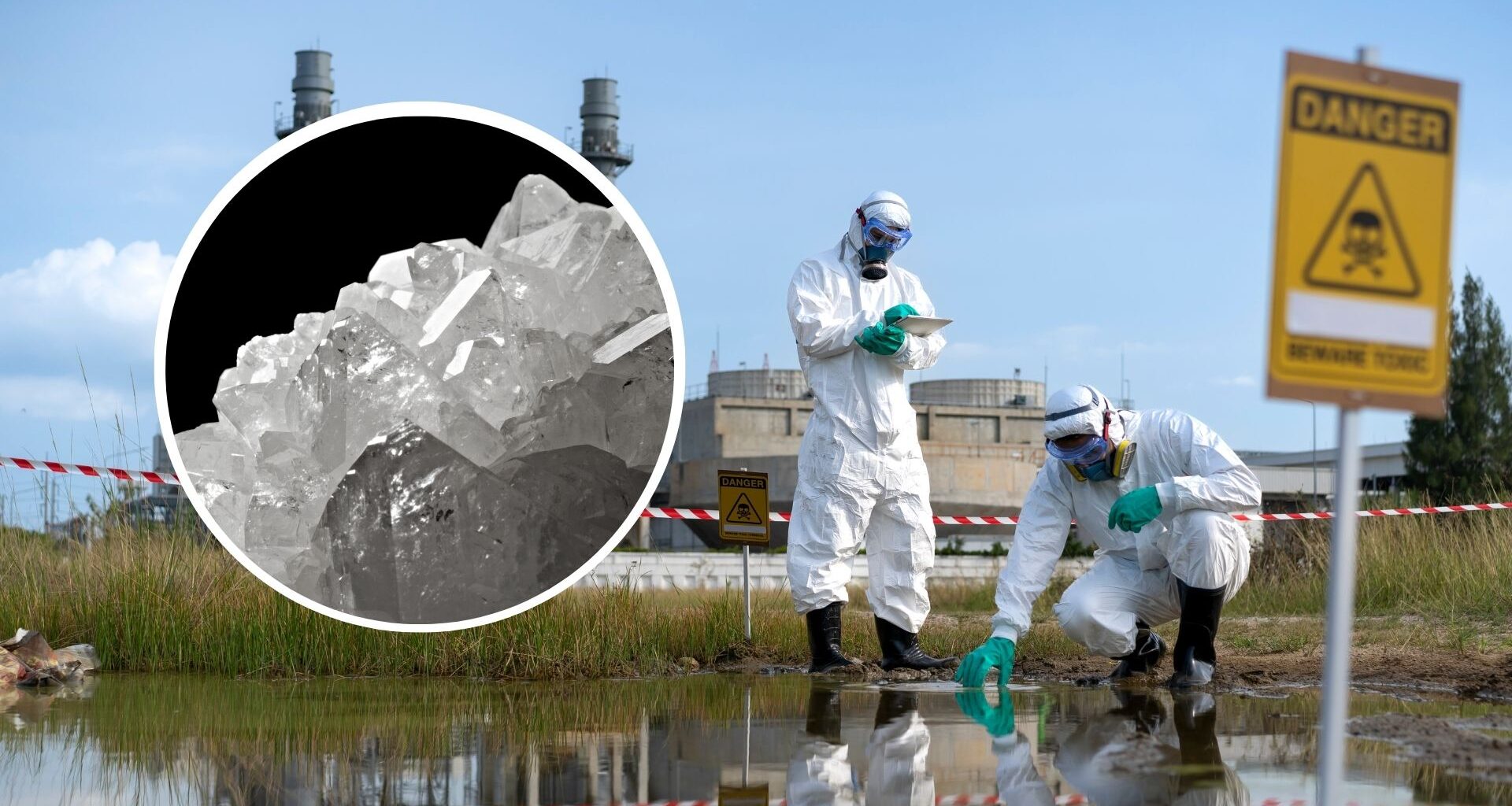Researchers have found a new approach for monitoring and modeling glass corrosion in environmental and nuclear waste management. They have uncovered how tiny differences in boron atoms can help scientists better predict the long-term behavior of glass used to store hazardous waste.
The findings could help improve forecasts of how radioactive materials are released from storage over thousands of years.
Researchers from Peking University, the University of Cambridge, and partner institutions highlighted that glass is often used to immobilize contaminants such as radionuclides and heavy metals, locking them safely inside a stable structure. However, when groundwater seeps into disposal sites, the glass can gradually dissolve. Understanding this process is crucial for ensuring the safety of geological waste repositories.
Boron isotopes provide a sensitive and direct tracer
“Boron isotopes provide a sensitive and direct tracer of how waste glasses interact with water,” said lead author Thomas L. Goût. “They help reveal when the glass dissolves uniformly and when the process becomes controlled by diffusion through a transformed surface layer.”
The research team used boron isotope “fingerprinting” to trace how boron moves within dissolving glass. By comparing two types of borosilicate glass, one containing magnesium and one without, the team discovered that the diffusion of boron atoms depends strongly on the glass composition and the time it has been exposed to water.
Researchers pointed out that in laboratory experiments, the glasses were placed in pure water at 90 degrees Celsius for up to 112 days. Measurements of boron isotopes showed that at early stages, boron was released evenly from the glass surface.
Detailed insights into the complex reactions
Over time, however, diffusion through an altered surface layer became a key mechanism controlling the release. In magnesium-bearing glass, the formation of secondary minerals slowed the dissolution, creating a dense, protective layer. In contrast, the magnesium-free glass developed a surface layer that offered little protection, allowing boron to continue diffusing out, according to a press release.
This study demonstrates that isotope-based techniques can provide detailed insights into the complex reactions occurring within waste materials. Such knowledge is essential for designing safer storage strategies for nuclear and industrial waste in the coming centuries.
Study investigated suitability of boron isotope fingerprinting techniques
Published in Environmental and Biogeochemical Processes, the work investigated the suitability of boron isotope fingerprinting techniques for studying glass dissolution mechanisms, focussing on solid-state diffusion processes during boron release.
“Two glasses (magnesium-free 10B-ISG and magnesium-bearing 6Li-Mg-EM) were altered in deionised water at 90 °C for 0.25 to 112 d. Solution renewal experiments were used to further study altered surface layer properties,” said researchers in the study.
“At ≤ 28 d, solution boron isotope (11B/10B) ratios for 6Li-Mg-EM were consistent with the apparent congruent release of boron alongside sorption/coprecipitation processes with secondary minerals, but decreasing solution 11B/10B ratios at > 28 d suggested diffusion occurred across the altered layer at a dissolution front spatially separated from that of lithium.”
This study presents boron isotopes as in situ tracers for studying glass dissolution mechanisms, assisting in predicting contaminant releases during waste glass-aqueous solution interactions.

